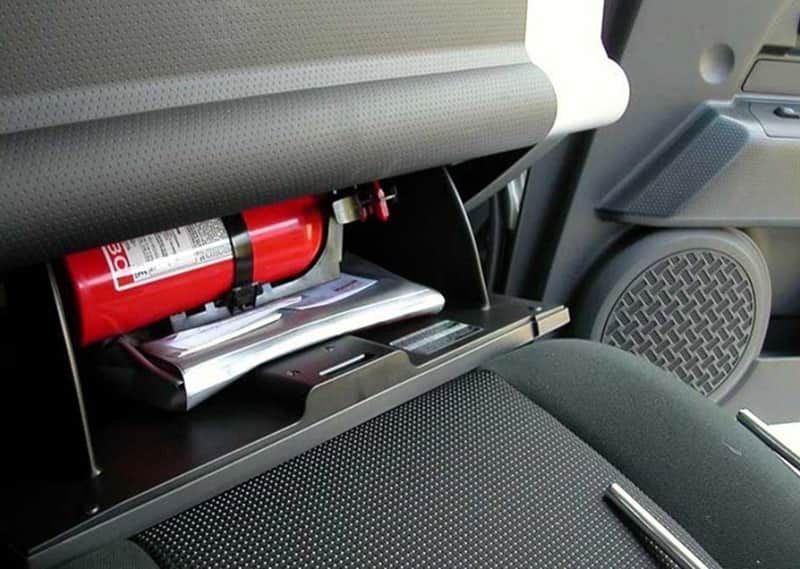Essential Financial Literacy Concepts Every Beginner Must Understand
Financial literacy, that’s a tough phrase, isn’t it? It’s really about how you manage your cash, build a future worth living, and dodge a bunch of disasters in personal finance. With the right knowledge, you can secure that future you dream of—just avoid pitfalls. So, if you’re just starting out and all, here are a few concepts you ought to know like the back of your hand.

1. Create and Stick to a Budget
Now, budgeting is like the old bedrock of financial know-how. A solid budget helps show you where your money goes, which expenses are necessary, and how to save a little something for the road ahead. A handy rule folks use is the 50/30/20 rule: throw 50% of your cash at needs (things like rent and bills), 30% on things you enjoy (movies, dinner out), and save or pay debts with the last 20%. It’s simple, but what gets tricky is sticking to it. Keep an eye on your spending. Apps and even basic spreadsheets work for that.
And about those splurges, try cutting back a bit. Instead of hitting the restaurant scene too much, try cooking at home. Those small changes can lead to solid savings inching up over time.
2. Build an Emergency Fund
Now listen, an emergency fund is what can really save you on a rainy day. Think unexpected car troubles or that mammoth medical bill. Having a cushion can keep you from drowning in debt. Experts usually say to aim for 3 to 6 months’ worth of living expenses. You don’t need to leap in headfirst; start slow. Even saving 20 bucks a week might give you a decent buffer over time. If you put that in a good savings account that earns interest? It’ll grow more than you think.
3. Understanding Credit Scores and Debt Management
Your credit score is, simply put, vital. A high score helps you snag better interest rates, better on your credit cards and loans. If it’s low, well, that can be the albatross around your neck. So, keep those bills paid on time, keep your credit use below 30%, and don’t go opening a gazillion accounts at once.
Managing what you owe is equally a big deal too. Try the debt avalanche method; that’s where you take care of those pesky high-interest debts first. It can get you outta the red quicker. Alternately, some folks use the debt snowball method, starting with small debts. For beginners, focus on credit card debt if you have it, best to wipe that out before taking on new stuff.
4. Saving for Retirement
Retirement seems far away. But starting today makes a difference you won’t believe. Contribute to those accounts that give you tax breaks, like IRAs or a 401(k) if your job lets you. Your employer might even match contributions, which is certainly free money. If it’s just a little bit a month, that’s fine. Compound interest works wonders over decades, truly.
Don’t forget to factor in expenses like inflation or healthcare jolts when thinking about retirement needs. Retirement calculators are your friend for things like these.
5. Mastering Basic Investment Principles
Investing isn’t just for aristocrats—it’s vital for anyone gunning for financial growth. You need to at least get a grip on stocks, bonds, ETFs, or mutual funds. Remember, a diversified portfolio? That’s your friend for cushioning risks while trying to increase the bucks. If one sector plummets, others might just balance things out.
Additionally, never underestimate the importance of starting early. Even pinching a few dollars can build something significant over long stretches with compounding interest. And if that investment talk feels like aliens’ word, think indexes or ETFs that offer easy diversification without killer fees from active management.
6. Setting Financial Goals
Trap yourself in a well-defined, measurable goal. Divide your ambitions into short (like smashing credit card debt), mid (maybe save for a trip or sneak in a new car), and long (like owning a home or easing into retirement). Start by taking stock of your cash. Figure out what you can save per month and track the journey.
And let’s be real here, reasonable goals keep momentum. If you want to save $1,000 for an emergency fund, just chop it into smaller tasks. Tackling it in chunks makes it seem way friendlier.
 Disclaimer:
Disclaimer:
The content provided on our blog site traverses numerous categories, offering readers valuable and practical information. Readers can use the editorial team’s research and data to gain more insights into their topics of interest. However, they are requested not to treat the articles as conclusive. The website team cannot be held responsible for differences in data or inaccuracies found across other platforms. Please also note that the site might also miss out on various schemes and offers available that the readers may find more beneficial than the ones we cover.
Featured Articles
-
 Automotive
AutomotiveA Full Handbook of Vehicle Fire Extinguishers for Every Safe Drive
-
 Health & Wellness
Health & WellnessUnpack the Roots of Chronic Heartburn and Personalized Treatment Options
-
 Travel
TravelTop 10 Spots to Enjoy the Fall Colors Around Chicagoland
-
 Health & Wellness
Health & WellnessBest Workout Apps that Can Meet All Your Needs Using Only a Smartphone
-
 Travel
TravelWhy Travel Insurance is a Vital Investment for Travelers Today?
-
 Finance
FinanceSeven Credit Card Blunders That You Should Never Commit




